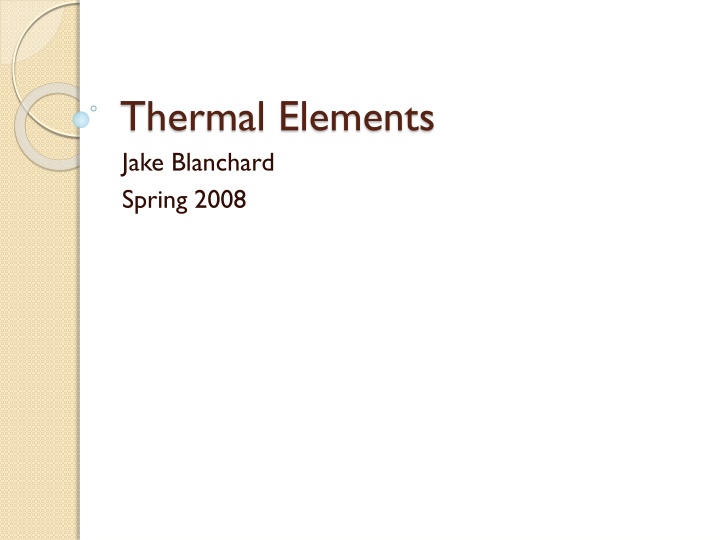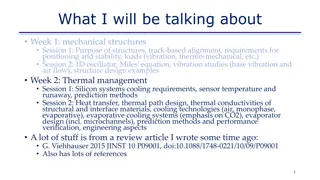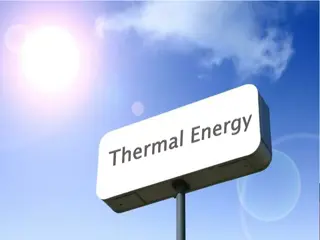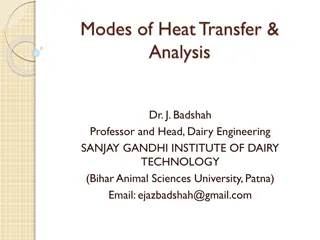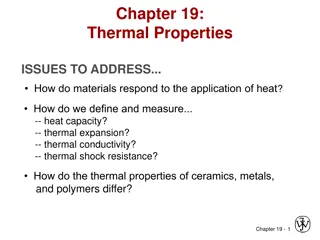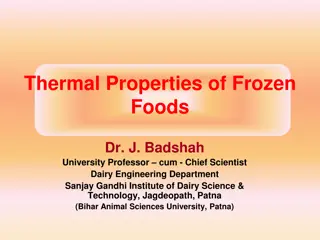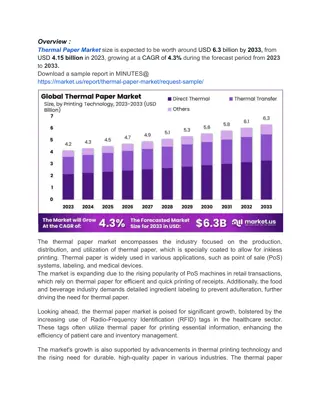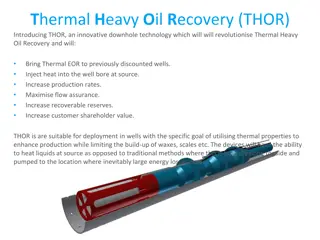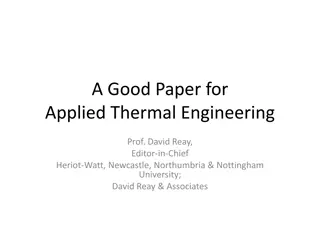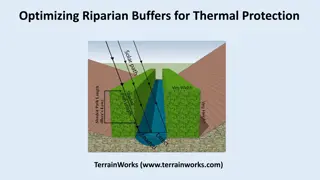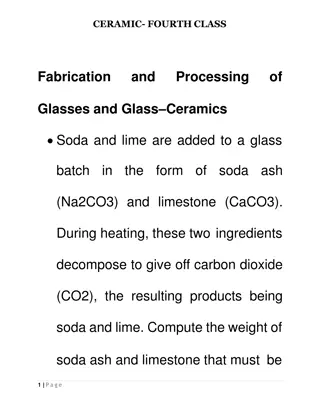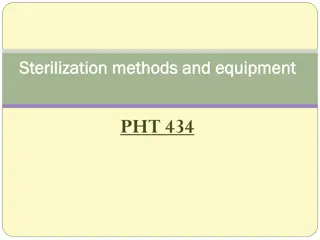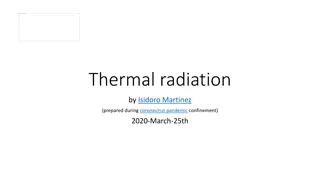Thermal Elements by Jake Blanchard Spring 2008
A course material on thermal elements authored by Jake Blanchard in Spring 2008. The content delves into the intricate details of thermal elements, providing comprehensive insights and knowledge on the subject matter. This informative piece is a valuable resource for those interested in studying or understanding thermal elements, making it a must-read for enthusiasts and professionals alike.
Download Presentation

Please find below an Image/Link to download the presentation.
The content on the website is provided AS IS for your information and personal use only. It may not be sold, licensed, or shared on other websites without obtaining consent from the author.If you encounter any issues during the download, it is possible that the publisher has removed the file from their server.
You are allowed to download the files provided on this website for personal or commercial use, subject to the condition that they are used lawfully. All files are the property of their respective owners.
The content on the website is provided AS IS for your information and personal use only. It may not be sold, licensed, or shared on other websites without obtaining consent from the author.
E N D
Presentation Transcript
Thermal Elements Jake Blanchard Spring 2008
Thermal Elements These elements calculate temperatures in solids There are 1-D, 2-D, and 3-D elements All have just 1 DOF per node Properties are thermal conductivity (k) for steady state analysis and density ( ) and heat capacity (cp) for transient analyses Boundary conditions can be temperatures, heat fluxes, or radiation Volumetric heating is also possible
Thermal Elements in ANSYS LINK 31 radiation link LINK 32 2-D conduction bar LINK 33 3-D conduction bar LINK 34 convection link PLANE 35 6 node triangle PLANE 55 4 node quad PLANE 75 4 node axisymmetric-harmonic element PLANE 77 8 node quad PLANE 78 8 node axisymmetric-harmonic element
More Thermal Elements SOLID 70 8 node solid SOLID 87 10 node tetrahedral element SOLID 90 20 node hexahedral element SHELL 57 4 node SHELL 131 4 node layered element SHELL 132 8 node layered element
Real Constants Area, heat transfer coeff., and emissivity for links None for planar and solid elements Thickness for shell element (not layered) Use Sections for layered elements
In-Class Problems T=0 C k1=1 W/m-K k2=20 W/m-K 1 2 T=100 C 1 cm 10 cm
In-Class Problems T=0 C k1=1 W/m-K k2=20 W/m-K q=104 W/m2 1 2 1 cm 10 cm
In-Class Problems h=1000 W/m2-K Tb=50 C k1=1 W/m-K k2=20 W/m-K q=104 W/m2 1 2 1 cm 10 cm
In-Class Problems T=50 C k1=1 W/m-K k2=20 W/m-K Channels are 3 cm in diameter 2 2 cm 1 15 cm 1 cm 10 cm q=104 W/m2
In-Class Problems h=1000 W/m2-K Tb=50 C k1=1 W/m-K k2=20 W/m-K Channels are 3 cm in diameter 2 2 cm 1 15 cm 1 cm 10 cm q=104 W/m2
